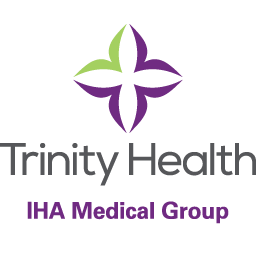What I liked
I have acquired an abundance of information from my internship so far such as hard skills as well as soft skills. Working closely alongside with Disaster Recovery Specialists on my team has allowed me to gain knowledge on how an application is structured and all of the recoverable options that are available for them. Depending on the criticality of an application, there is a Tier assigned to it. Tier 0 are the systems supporting underlying backbone or core infrastructure layer services. These systems need hot site recovery. Tier 4 are considered non-essential systems supporting standalone or departmental functions, operations, non-core clinical care services, non-critical business functions and infrastructure utilities. These systems are generally recovered through cold standby. A hot site means that a system has high availability, and is of Active/Active status. Active/Active is an expensive model of infrastructure which allows a server environment to be duplicated with another. Multiple servers generally host the same application and are in constant replication with one another so that the database servers that point to the application server are in sync. A piece of networking equipment known as a load-balancer monitors the traffic between the environments (if they are in separate data centers) and redirects clients to which ever server is less congested with other end users. Cold Standby-Build from Scratch refers to a system that needs to be built and started on request when a backup environment does not exist. This is the cheapest option of recoverability. Hot sites have minimal RTO’s (Recovery Time Objective) and cold sites have higher ones. The RTO is basically the
time it takes for a system to recover and be back online. I have also learned a great amount about DRaaS (Disaster Recovery as a service), IaaS (Infrastructure as a Service), and PaaS (Platform as a Service).










